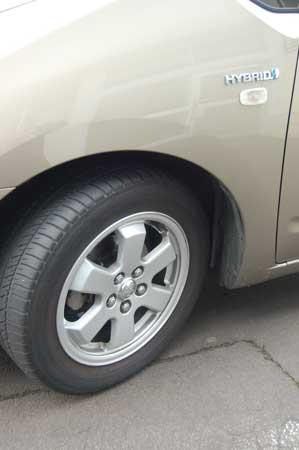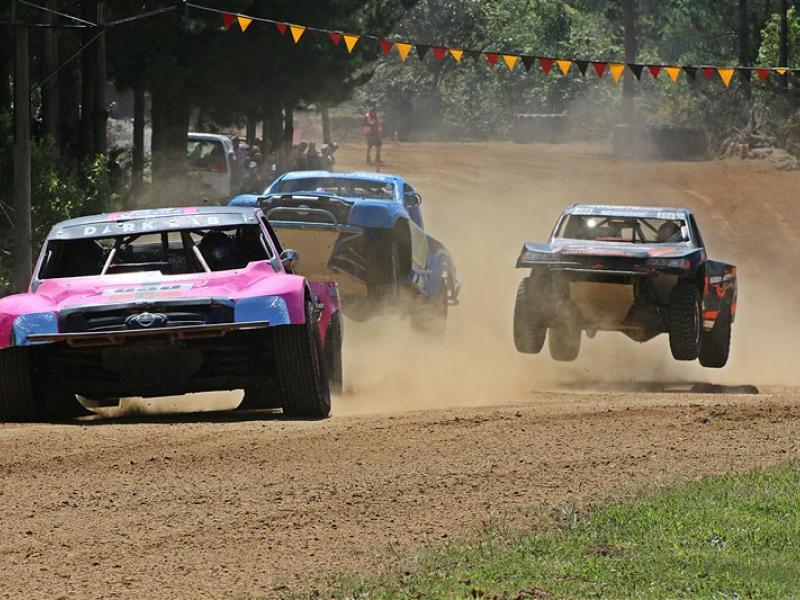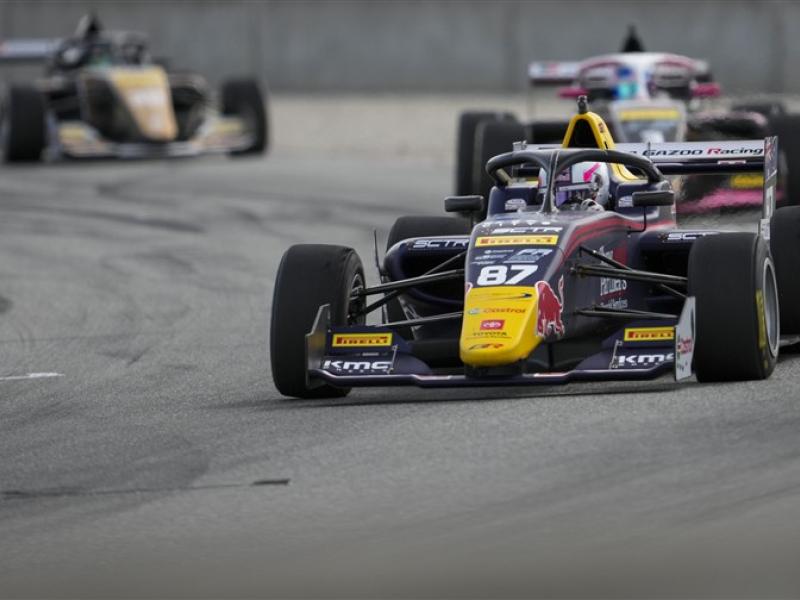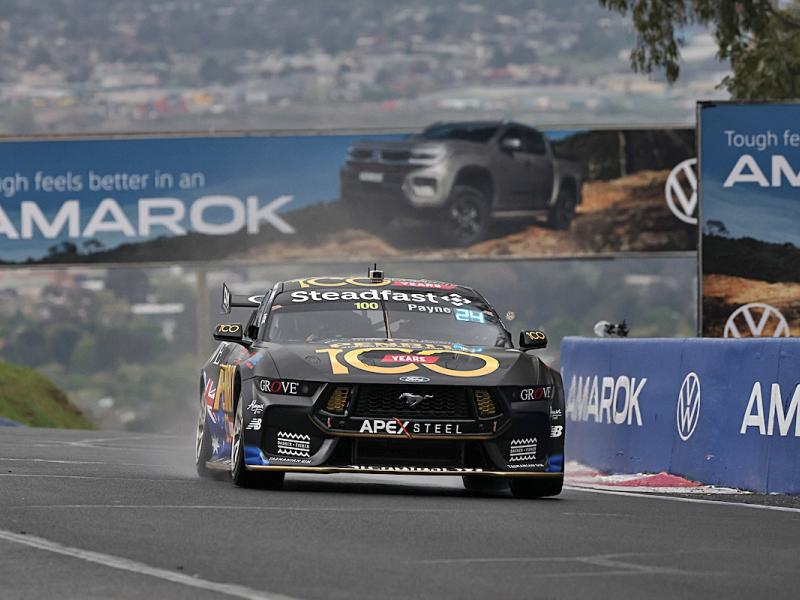| Some people rate comfort, handling, speed, and a maximum safety margin high enough to pay a high price for them, while others are willing to make compromises if necessary to achieve maximum economy and-or a minimum size carbon footprint. The latter group is presently the major target market for low rolling resistance (LRR) tyres. LLR tyres aim to reduce fuel consumption without compromising performance, including safety. Tyres expend energy. Only about 20 percent of the energy a vehicle’s engine produces actually turns the wheels. About one third of that mechanical energy gets converted to heat as tyres deform during cornering, acceleration, or braking. LLR tyres are designed to minimise the energy wasted as heat, and this improves a vehicle’s fuel efficiency. The design characteristics of a tyre that determines its energy loss are its construction, its dimensions and volume, and its material type and formulation. But there is more to it than that. Tyre-making technology has seen many changes and advances since Scottish veterinarian John Dunlop invented the first practical inflatable tyre. His patent, for a bicycle tyre, was granted in 1888, following the invention of the first vulcanised rubber inflatable tyre by Robert William Thomson in 1845. Andre Michelin’s 1895 automobile pneumatic tyre only became a cost-effective option when Philip Strauss invented the combination tyre and air filled inner tube in 1911. In 1908 Frank Seiberling invented grooved tyres, which improved road traction. In 1910 the BF Goodrich Company invented longer life tyres by adding carbon to the rubber. The company also invented the first synthetic rubber tyre in 1937. Today the consumer can pick from a range of car tyres to complement the way they use their vehicle, where they live, and how they like the car to handle and perform. The classifications include all-season, performance tyres, wet weather, snow, mud, ice, and all-terrain tyres. General purpose tyres are typically found on most cars coming off the factory floor. They are designed to be a win-win compromise between grip, performance, longevity, noise, and wet-weather safety. They are made with a harder rubber compound to facilitate longer tyre life, but this in turn sacrifices outright grip and cornering performance which, fortunately, is not an issue for the majority of the world’s drivers. But with fuel economy now a big issue, general purpose may increasingly come to refer to low rolling resistance, too. Big tyre makers are increasingly focusing research on ways to reduce a vehicle’s carbon footprint through its tyres. This complements advances in hybrid drive trains and technologies. Traditional wisdom has it that reducing resistance has come at the expense of grip in wet conditions - not something many drivers would readily accept. It also holds that tread life may be shorter in LRR tyres which mean more scrap tyres and consumers spending more on tyre replacement, an environmentally and economically undesirable outcome. Modern tyre makers disagree that LRR tyres are necessarily a compromise and have invested heavily in research and development to find ways to reduce rolling resistance while retaining other desirable characteristics. Today many eco tyres are made by adding silica to the tread compound of a tyre. This affects the energy a tyre can absorb while it is turning and reduces rolling resistance while allowing manufacturers to improve wet grip. In addition the tyre’s rolling resistance increases in proportion to the wheel load. Bigger wheels increase rolling resistance. Also, run-flat tyres may have as much as 20 percent higher rolling resistance than conventional tyres, in part because run-flat tyres have additional structural material and mass. Then the harder a tyre is the less rolling resistance it will have, which adds to the need for maintenance of proper tyre inflation. Today’s tyres are required to have ratings printed on the sidewall for traction, tread life, and temperature, but not yet the ratings according to a fully rolled out global testing standard for rolling resistance. Rolling resistance varies with tyre wear, condition, alignment, load, speed, inflation pressure, and road texture, so exact calculations are difficult to come by, and individual countries’ rating systems as well as consumer reports are what consumers have to provide them with such comparisons. Only when standards are fully in place and rolled out, and rolling resistance ratings are available to consumers, will it be possible to weigh rolling resistance with other factors to make an informed choice. In the mean time all the big names in tyre manufacturing have been introducing LLR tyres to the market. Michelin has said it expects up to a 50 percent reduction in resistance may be possible in the next 10 to 15 years. Brand new to the market is the Bridgestone Ecopia EP100, launched earlier this year. |
Bridgestone New Zealand in a statement says the Ecopia EP100 has been put through rigorous and extensive independent testing recently in Australia, in accordance with ADR81/02, the Australian standard for measuring fuel consumption and emissions. The statement says these tests proved that the Ecopia EP100 can increase fuel efficiency by 3.3 per cent when compared with standard tyres. |






